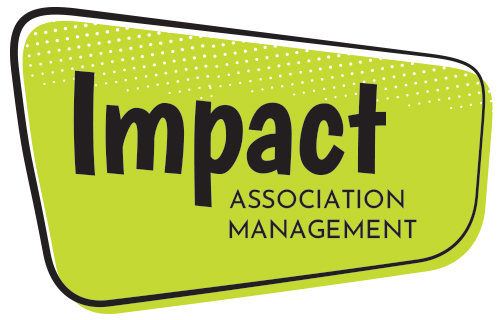It’s important to provide your members with content on the regular. They are reminded of their membership and feel like they are getting something useful out of it even when they aren’t attending events. One way to provide that is through newsletters, however, you might find yourself scrambling for something to include each month. Below you can find a list of newsletter content ideas that should spark your creative side!
Blogs or articles- If your association already has blogs being written and maintained on the website, reuse that material. Put a short blurb, photo, and link back to the original blog. This will draw people to your website as well. If you do not have your own blogs, find stuff on other sites related to your industry and share it with your members. This will keep them in the know and will be appreciated.
Throwbacks- If you have a box of old photos from past events or a scanned copy of the very first convention program, share it with your members in the newsletter! It can be fun to take a look down memory lane and adds something visually appealing to the newsletter.
Board Spotlight- Do an interview with a member of the board each month and highlight that in the newsletter. This allows the membership to get to know the board better and gives the board the recognition they deserve.
Updates- You also want to make sure your newsletter has some meat to it as well. Make sure to share any updates with organization, upcoming events, and any changes with leadership. This is the stuff they will primarily be looking for in the newsletter.
Make the newsletter something your members will not only skim through, but actually enjoy reading by adding some of these ideas to future months!





